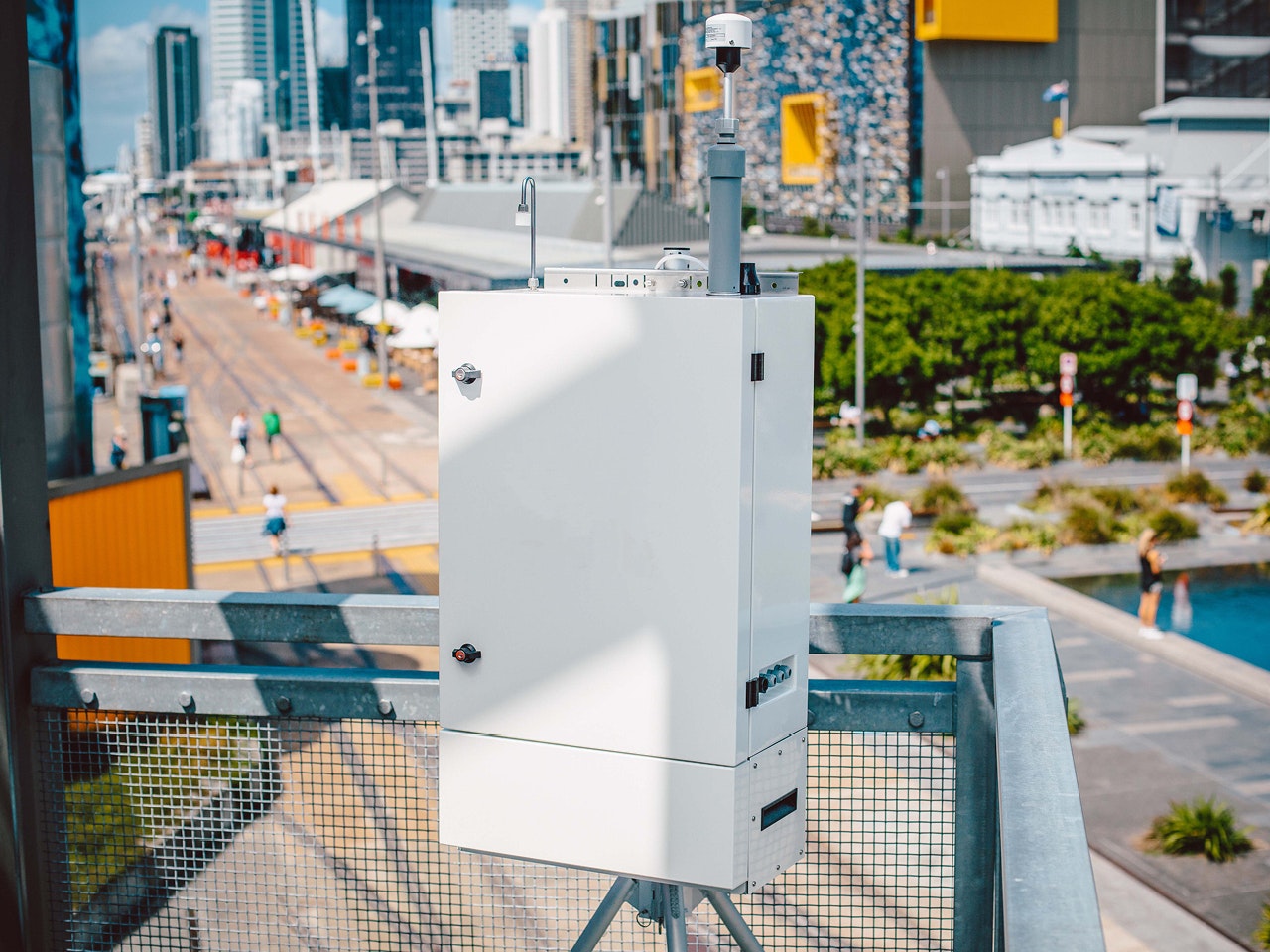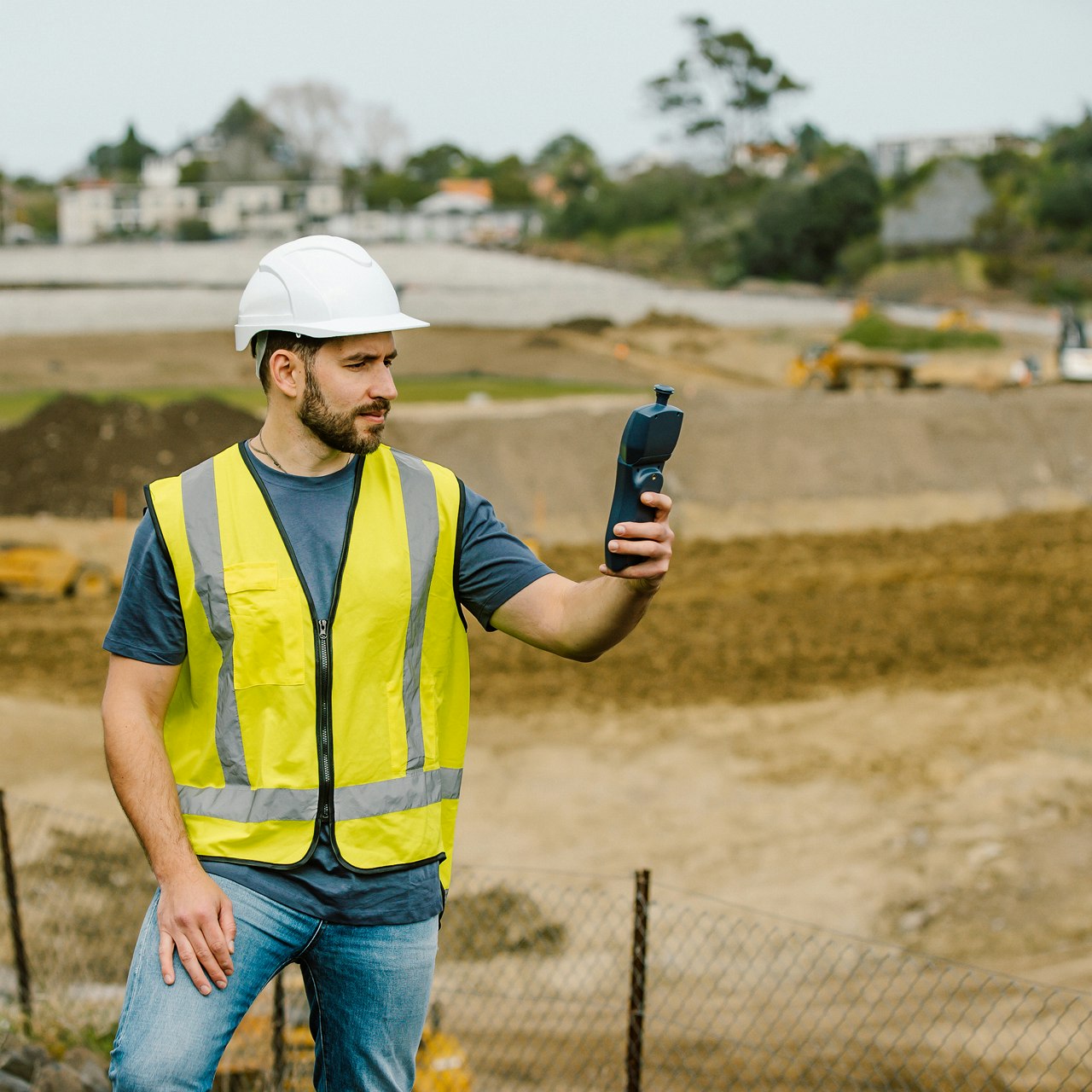Case Study
SCAQMD Leads Successful Study of U.S. EPA-Funded Community Air Monitoring
A leading California air quality agency, in collaboration with the U.S. EPA, deployed a dense real-time air monitoring network, producing credible data while increasing community engagement and trust.
Project Details
Project
Los Angeles Community Air Monitoring Network
Location
United States
Date
2017
Services
100x AQY Micro Air Quality Monitors (beta), Aeroqual Unify: MOMA network management
Measurements
O3, NO2, PM2.5
Sector
Community
SC AQMD leads successful U.S. EPA-funded study of community air monitoring
One of California’s leading air quality agencies deployed several hundred affordable air quality monitoring systems to create a virtual real-time air monitoring network, producing credible air quality data and furthering community monitoring goals. By collaborating with local groups on the placement of installation sites the client was able to increase engagement, build trust, and expand outreach and education initiatives in the region. The resulting sensor network demonstrated a commitment to community-level air quality monitoring while achieving regulatory compliance.
“Previously, the ongoing maintenance needed to get meaningful data from lower-cost networks was prohibitively expensive. In using Aeroqual Unify, we’re able to save cities hundreds of thousands of dollars and provide them with the accurate, robust data that led them to invest in a sensor network in the first place.”
Geoff Henshaw
Aeroqual, Co-Founder & CTO
Protecting communities using dense hyperlocal air monitoring
South Coast Air Quality Management District (SC AQMD) is the air pollution agency responsible for regulating stationary sources of air pollution in the Los Angeles Basin. Tasked with protecting over 12 million people across Southern California from poor quality air, they wanted to expand their network of some 40 regulatory monitoring stations into something that could provide a more granular picture of air quality throughout the region. SC AQMD has a STAR grant from the United States Environmental Protection Agency (U.S. EPA) to educate California Communities on the use and applications of low-cost monitors and to encourage research into community-level air monitoring.
As air quality varies spatially across a city, different communities are exposed to different levels of air pollution. Most regulatory monitoring networks in the US and around the world are not dense enough to address the variability of air quality and its relative impact on different communities. In addition, the California state government enacted Rule AB 617, which mandated community-level air monitoring be put in place by mid-2019.
Deploying a network of regulatory monitors at the community level would not be technically or economically feasible. Lower-cost air sensors have shown variable performance, and so were also a concern for SC AQMD. However, recent advancements such as Aeroqual Unify now make it possible to obtain credible and useful hyperlocal data from lower-cost sensors.
Aeroqual Unify offers a complete software solution for air monitoring networks. Using the MOMA technique, a virtual network calibration method comparing monitoring data against “proxy” near-reference stations, Unify delivers accurate, credible data for lower-cost networks.
An integrated solution produces trusted real-time data
Based on AQ-SPEC’s independent evaluation, SC AQMD chose to use a combination of PurpleAir PA-II sensors for measuring particulate matter, and Aeroqual’s AQY Micro Air Quality Monitor (beta) for measuring ozone, nitrogen dioxide, and fine particulate matter (PM2.5). SC AQMD deployed a pilot network of 500 combined sensors, providing detailed hyperlocal insights on air quality and pollution trends throughout the region. Over the next 10 years, SC AQMD plans to expand this network to include several thousand sensors. Aeroqual Unify makes it simple to use a combination of different sensor types within a single network. Unify is compatible with both Aeroqual air quality monitors and a range of third-party devices, such as PurpleAir, Clarity, and Davis, producing useful hyperlocal insights in a highly flexible package.
SC AQMD engaged community groups to help find installation sites – a mix of schools, private homes, and recreational facilities. Several units are installed alongside government monitoring stations to check network data performance. The location of the Aeroqual AQY beta devices is shown in the accompanying image.
The role of geography on pollutant levels
Ozone concentration changes along the geographic features indicated by the red line
The AQY beta devices measure PM2.5, ozone, nitrogen dioxide, temperature, relative humidity, and dew point. Real-time data is sent over a 4G cellular network to Aeroqual’s cloud servers and from there SC AQMD accesses the data through an API. In this way, SC AQMD may view and analyze data in their preferred software package, and Aeroqual’s technicians can monitor the performance of the network from the operations center in Auckland, New Zealand. The successor to the AQY, the AQY R, features an upgrade to the control and communications system, bolstering reliability and ensuring maximum uptime even in challenging environmental conditions.
Red dots = Reference Station, Green Dots = Aeroqual AQY
An AQY air monitoring instrument in situ
Increased knowledge drives community outreach and education
By working closely with community groups, SC AQMD has demonstrated a commitment to community-level air quality initiatives, while rapidly gaining expertise in deploying and managing a large network of affordable sensors. SC AQMD has shared some of this knowledge in a recent article they co-published with the U.S. EPA in Environmental Science and Technology. This new expertise is allowing them to undertake the complicated task of devising a plan to deliver on Rule AB 617 commitments in a way that is technically robust while meeting multiple stakeholder objectives.
From a technical viewpoint, network uptime has been 87.4% (considering these are beta prototypes, this has been acceptable; we are working on improvements). Minimal drift has been observed (-0.33 ppb/month for ozone 1.9ppb/month for NO2, and -1.7ppb/month for PM2.5). The AQY beta devices co-located with government monitoring stations exhibit a strong correlation:
- Ozone (O3): r2 = 0.97
- Nitrogen dioxide (NO2): r2 = 0.78
- Particulate matter (PM2.5): r2 = 0.76
Aeroqual products used
Want to learn more?
If you’d like to know more about this case study, or to discuss your air monitoring requirements, please get in touch.












